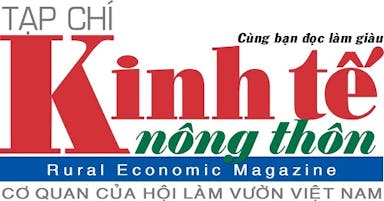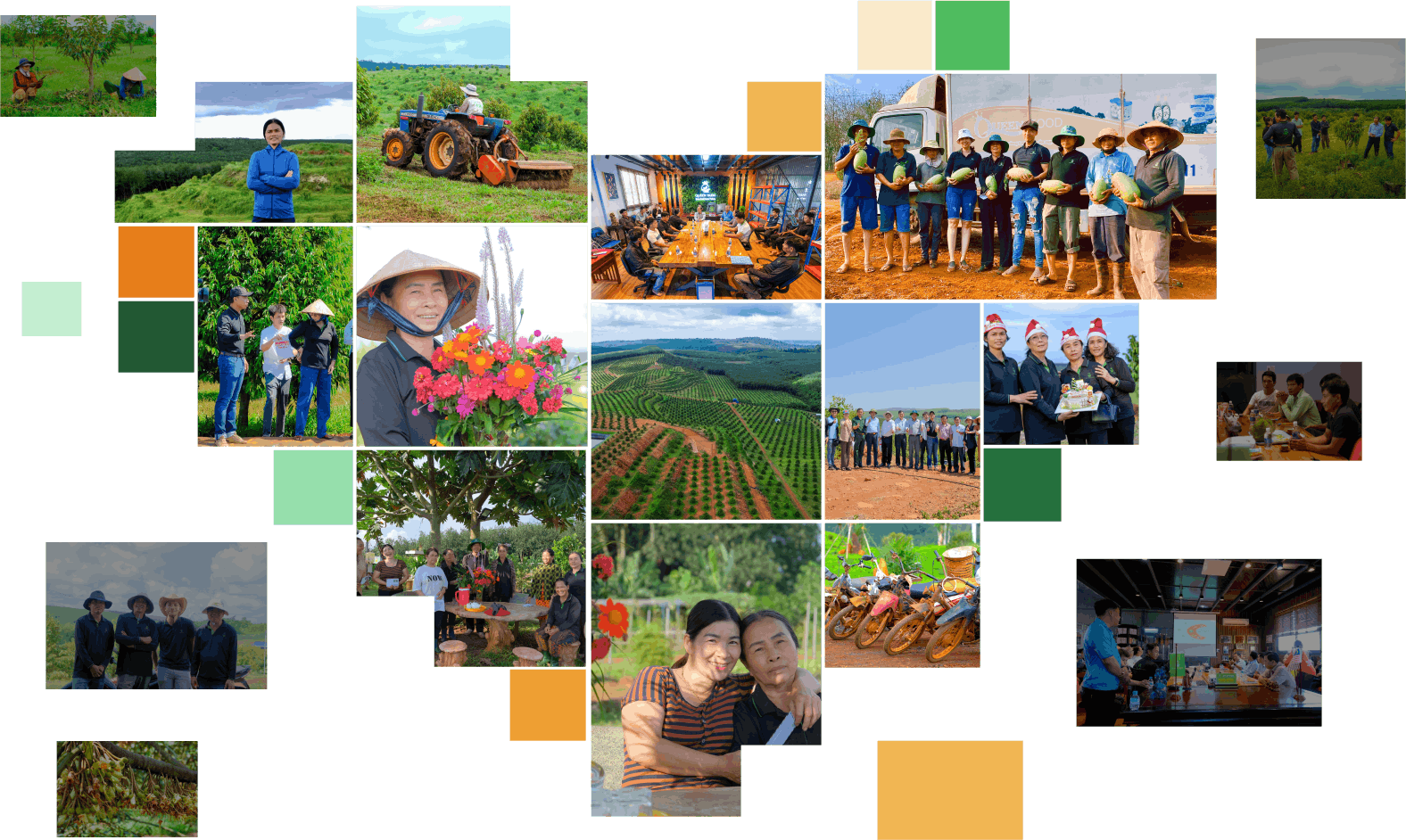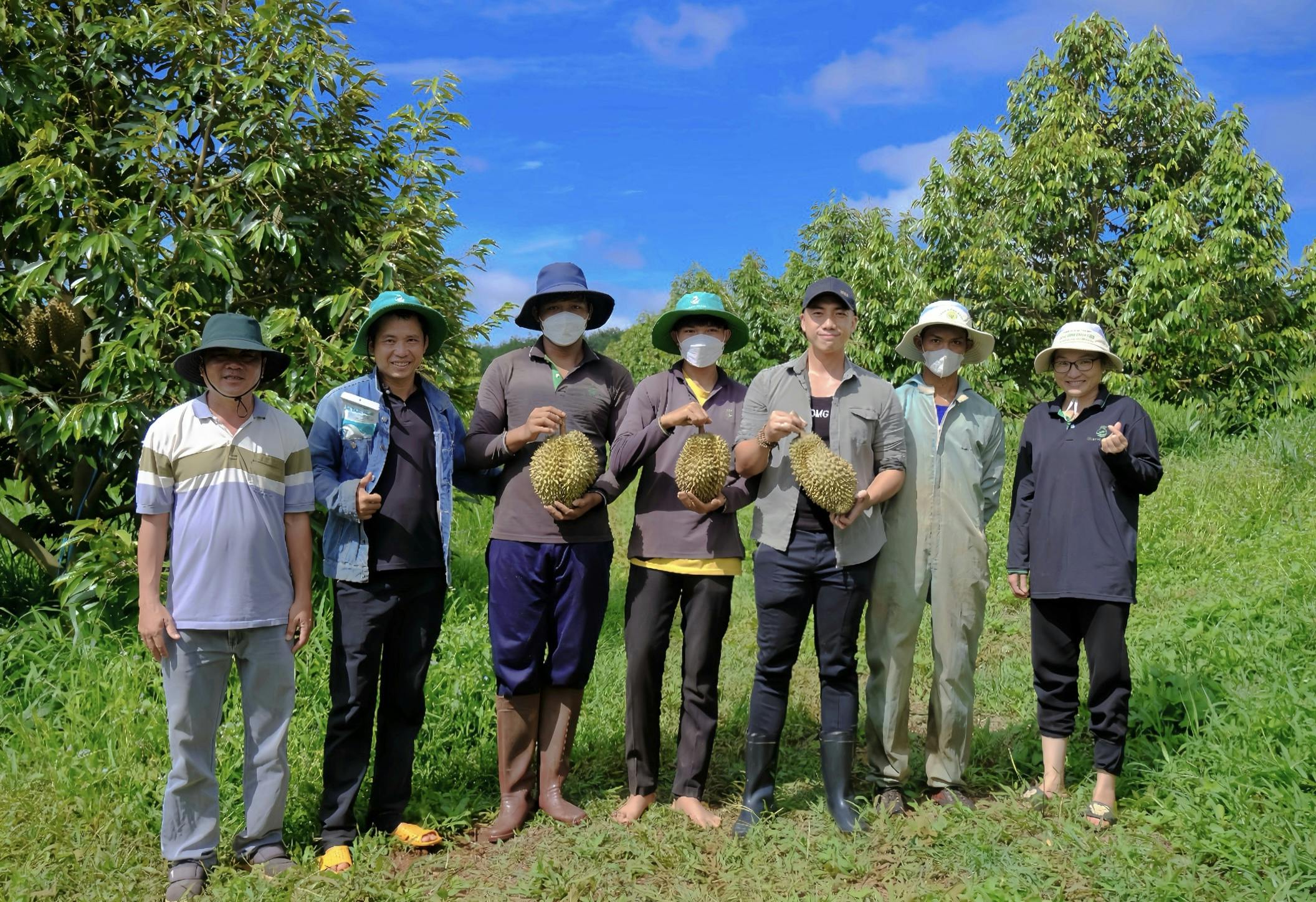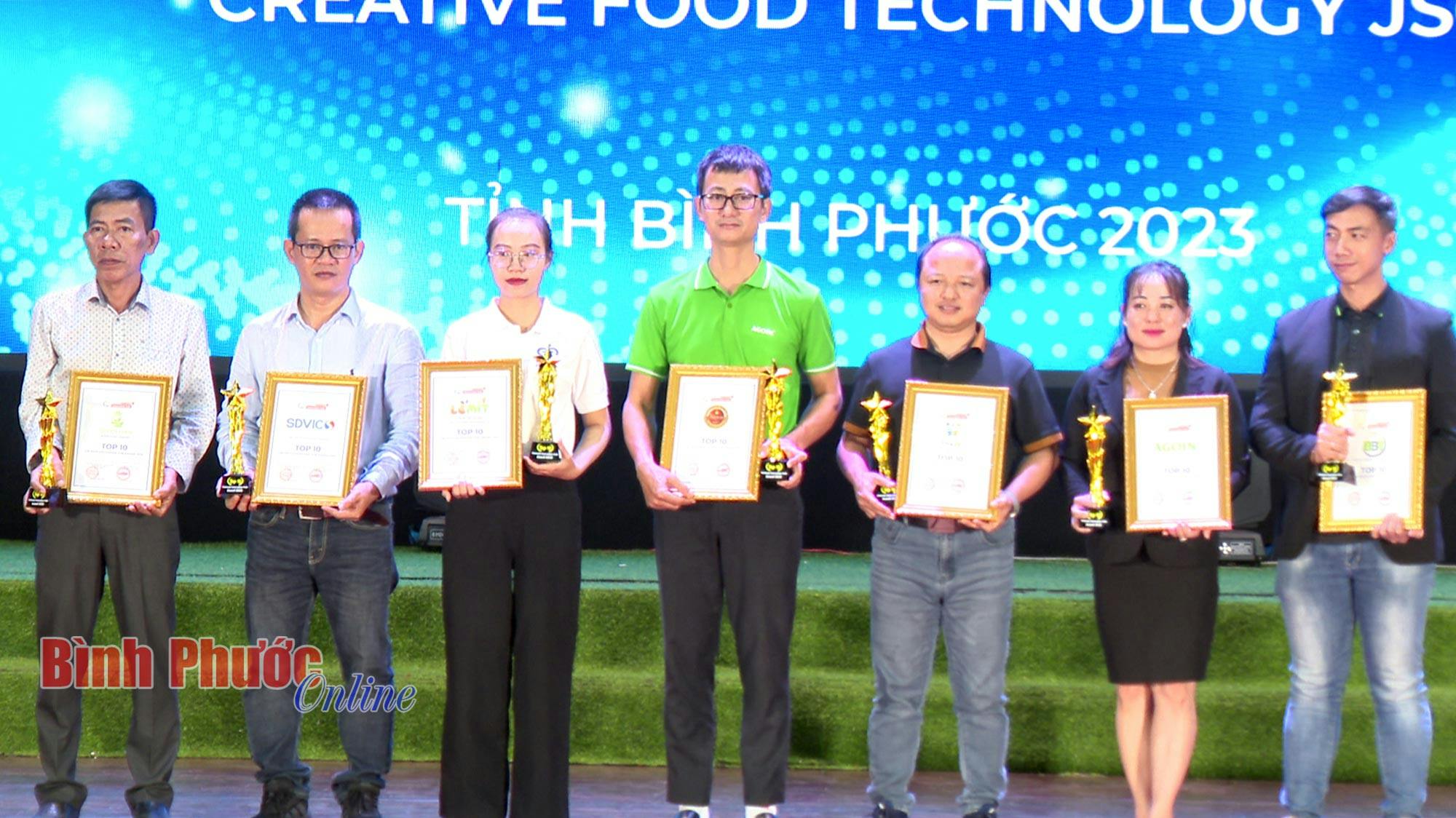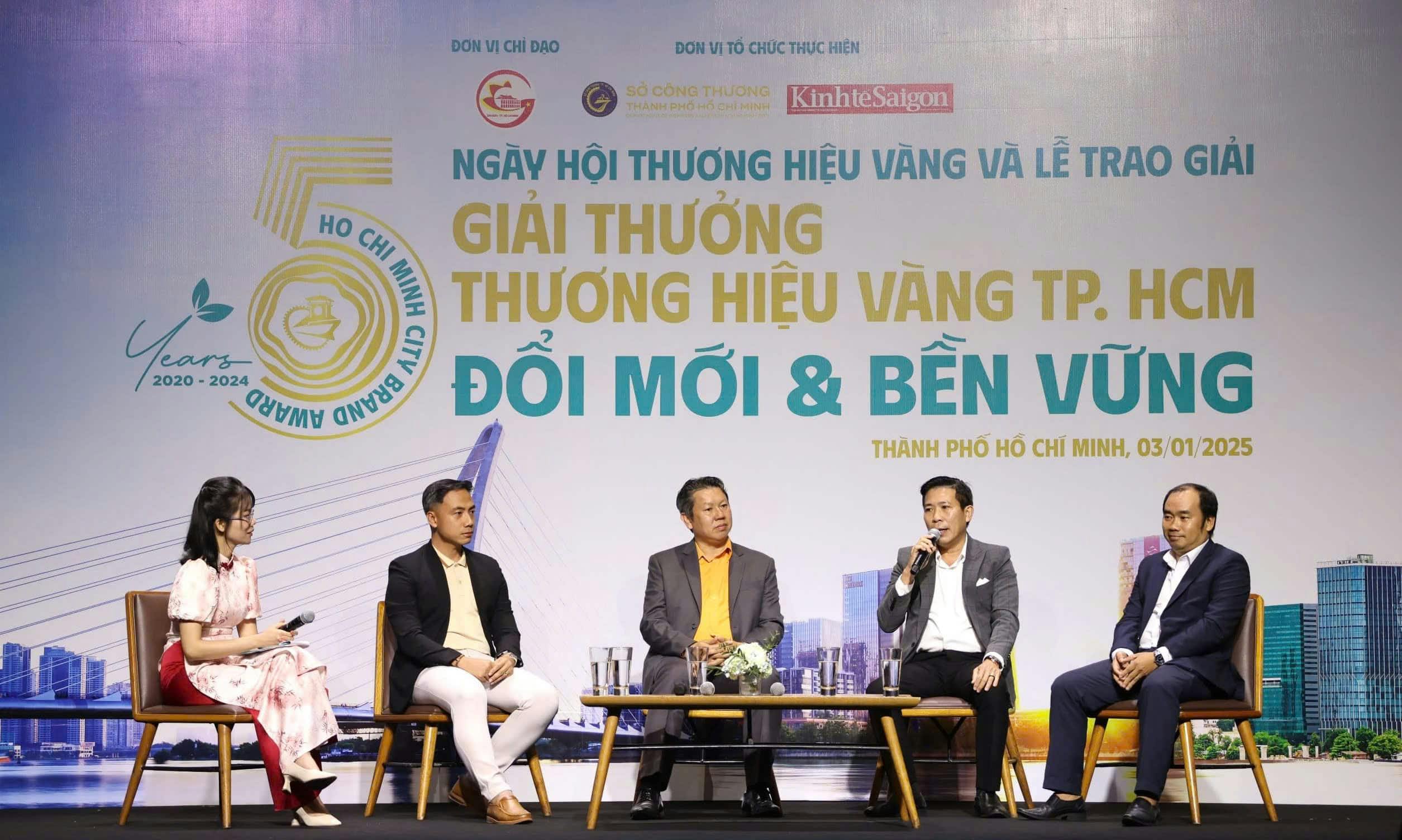

Small and medium-sized enterprises adapt to 'green standards'
On the afternoon of January 3, within the framework of the 5th Ho Chi Minh City Golden Brand Festival - 2024, Saigon Economic Magazine in collaboration with the Ho Chi Minh City Department of Industry and Trade organized a series of Ho Chi Minh City Golden Brand seminars with the theme "Promoting dual transformation for sustainable development".
The seminar series includes two sessions with topics of interest to many businesses: "Green transformation journey and challenges for SMEs", "Using AI and international certification standards to enter foreign markets".
At the first seminar session, speakers discussed practical problems that small and medium enterprises (SMEs) encounter on the "green" journey; at the same time, providing practical solutions to help businesses overcome them in the green transformation process, combined with ESG (environment, society, governance) practice stories from pioneering businesses.
Small and medium enterprises face difficulties in green transformation
Green transformation is considered a path that businesses must take if they want to develop sustainably and participate more deeply in the global value chain. However, currently, the implementation of green growth and sustainable development goals for businesses; especially small and medium enterprises is facing many difficulties.
According to Mr. Nguyen Cong Minh Bao, co-founder of Green Transition Consulting & Training, the green transformation process poses five major challenges for small and medium enterprises. The first challenge is financial. Investing in green technology and infrastructure often requires a large amount of resources, causing small and medium enterprises to lack investment capital. High conversion costs and long payback periods are also major barriers.
Second, small and medium enterprises have limited access to technology and lack of skilled human resources. Third, businesses may not have enough knowledge and awareness to manage; lack of legal framework and support policies; especially difficulties in measurement and reporting.
The fourth challenge that businesses face is competitive pressure from large businesses and unclear market demand. Finally, for the supply chain, businesses have difficulty finding green suppliers.
Mr. Bao also pointed out a noteworthy fact that most businesses intending to implement ESG are walking in the "fog" because they are still vague about the concepts of ESG and sustainable development. Many businesses consider this a complicated, costly process that does not bring direct benefits to short-term business operations. The notion that ESG is just a cost instead of an opportunity to enhance competitiveness and create sustainable value is holding back the development of a segment of businesses.
For businesses that have recognized the importance of ESG and are ready to act, the biggest difficulty lies in human resources. The lack of personnel who understand all three aspects of environment, society and governance makes many businesses confused. A common mistake is to rush into ESG activities without conducting an initial survey to assess the current situation, leading to ineffective solutions and even causing unwanted consequences.
In addition to the challenges, this expert pointed out five benefits that SMEs that have practiced ESG have achieved (according to a survey of businesses in Malaysia). That is, practicing ESG helps businesses become more known to consumers; better risk management; increased profits; increased revenue, 18% of SMEs have increased revenue by more than 50% and saved costs, 11% of SMEs have saved more than 50% of costs.
Current investment brings ‘sweet fruit’ in the future
As a foreign-invested industrial company, Mr. Truong Anh Hai, Deputy General Director in charge of Safety, Health, Environment & Community at NS BlueScope Vietnam, said that to balance short-term profits and long-term sustainable development goals, NS BlueScope has built a comprehensive ESG strategy. Practical experience shows that not all projects require large investments. Sometimes, just changing some small processes or applying new technology, businesses can save energy and minimize environmental impacts.
When it comes to sustainable development, it is about long-term goals. Therefore, current investments will bring specific results in the future.
To have a green transformation and sustainable development strategy, Mr. Nguyen Cong Minh Bao said that businesses will go through five stages: raising awareness; compliance; creating prestige and trust; competitive advantage; green finance. In which, for the compliance stage, businesses need to comply with international standards and regulations in Vietnam. Along with that, ESG reports must be transparent, linked with stakeholders... to help increase the prestige and trust of customers with the business.
"This is a journey with five stages of development to promote the sustainable transformation of businesses in a perfect and ideal way", Mr. Minh Bao added.
Regarding the organic agricultural production sector, Mr. Nguyen The Tung, General Director of Queen Farm Ecological Agriculture Limited Liability Company (Queen Farm), said that there are four pressures forcing businesses to implement sustainable agriculture. These are the pressure of international market requirements, climate change, green consumption trends and transparent governance regulations.
Mr. Tung believes that building green agriculture needs to be based on the condition of large cultivation areas to effectively utilize scientific and technological applications. Therefore, Vietnam should promote the development of linkage models in agriculture, develop the economy in the form of cooperatives and cooperative groups so that farmers can link themselves and invest in developing high-tech agriculture and green agriculture. In addition, the cooperation of investors also contributes to innovating agricultural production technology in an environmentally friendly direction.
In the service industry, the green transformation trend has also made a strong mark, with C2T's community tourism development activities being a typical example. According to Mr. Vo Van Phong, General Director of C2T Media and Tourism Company, the unit has pursued the model of "low-impact green tourism", aiming to reduce carbon emissions from tourism activities. The company has installed a solar energy system to minimize the use of grid electricity; at the same time, it encourages tourists to bring reusable water bottles, classify waste and use environmentally friendly products.
Facing difficulties in green transformation, C2T has pursued a systematic approach, including participating in events and connecting with support units to update information, build detailed financial plans, and prioritize investment in green technology for high efficiency. The company also organizes training on sustainable tourism to raise awareness and skills for employees; as well as cooperating with local communities to find solutions to cope with climate change.
According to Ms. Truong Thi Ai Nhi, Lecturer at Van Lang University, researcher at the Institute for Circular Economic Development (ICED), in green transformation, energy, industry - agriculture and transportation are three important components that make up the green economic lifeline in Vietnam. These components will only contribute to green transformation when they are linked to five trends of digital transformation, circular economy, green technology, green finance and green human resources.
To participate in the green transformation process, Ms. Nhi believes that in addition to hard and costly solutions such as technology, soft solutions on networks and business cooperation models promoted through business initiatives will be an opportunity to gradually approach the five trends mentioned above, strengthening the sustainability and resilience of the business community.


